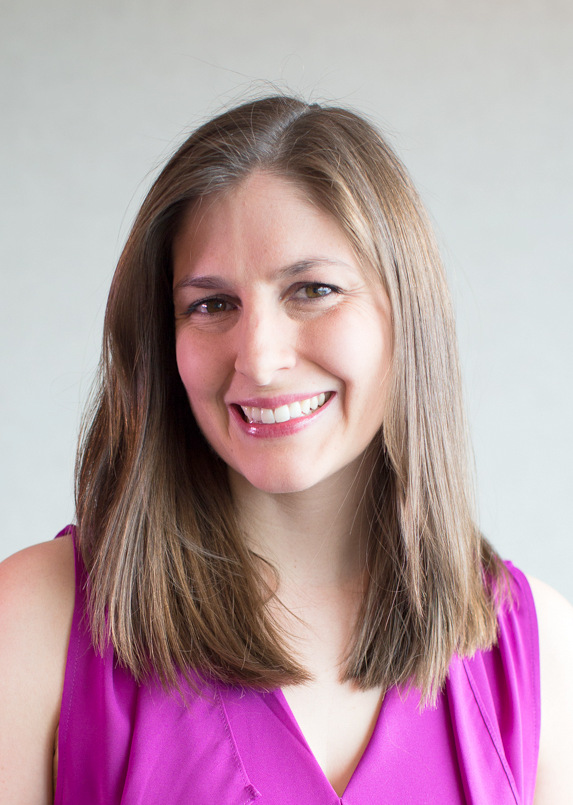ISTAR clinician, researcher exploring speech therapy techniques for post-concussion clients
Kate Dawson - 17 September 2020

Harasym O’Byrne has long been passionate about helping ISTAR clients meet their goals. Before becoming an ISTAR clinician in 2008, Jessica was involved with the institute as a volunteer and an undergraduate research assistant. (Photo: Iconium Inc.)
While working as a speech-language pathologist at the Institute for Stuttering Treatment and Research (ISTAR), Jessica Harasym O’Byrne made an important observation about those who are experiencing speech challenges following a head injury.
“I found there was little research on the topic of acquired stuttering and other post-concussion communication difficulties, and it can be difficult for these individuals to find the help they need,” explained Harasym O’Byrne. “I decided to pursue a PhD in rehabilitation science to learn more about how concussions can affect communication and how speech-language pathologists can help.”
Harasym O’Byrne is now a PhD candidate in the Faculty of Rehabilitation Medicine at the University of Alberta. Through her research, she will learn from patients and their family members about what it's like to live with post-concussion communication difficulties.
“Concussions can affect thinking, speaking, understanding, reading, writing and the ability to relate to others. Even small changes in these areas can have a significant impact on daily activities.”
Her research will also explore how speech-language pathologists can improve clients’ participation in school, work, family and community activities. She plans to incorporate her findings in the clinic.
“The study findings have the potential to shape practice, assessment and treatment programs for teens and adults who are recovering from concussions,” explained Harasym O’Byrne. “The more we learn about how communication can be affected by a concussion from participants and families, the better equipped we will be to help our clients adapt their daily schedules and return to meaningful activities.”
Harasym O’Byrne has long been passionate about helping ISTAR clients meet their goals. Before becoming an ISTAR clinician in 2008, Jessica was involved with the institute as a volunteer and an undergraduate research assistant. Now, she is the clinical chair of the Elks and Royal Purple Fund for Children, which provides financial assistance to children with hearing and speech disorders.
“I always wanted to be involved in helping people meet their goals and get the most out of talking and communicating with others. When I began working at ISTAR as an undergraduate research assistant, I was captivated by the stories that clients would tell about their stuttering experiences,” she said. “I saw how tirelessly clients worked on practicing new fluency skills and challenging thoughts, feelings and attitudes while engaging in transfer activities. It is a thrill to follow our clients’ progress (in some cases, from preschool to high school) and to hear about their successes along the way.”
Harasym O’Byrne is also thankful for the connections she has made at ISTAR, which help guide her work and research.
“I am so grateful for the support and encouragement of my ISTAR colleagues and clients! I can always count on them to cheer me on, and to remind me how important our treatment and research programs are to our clients and their families.”